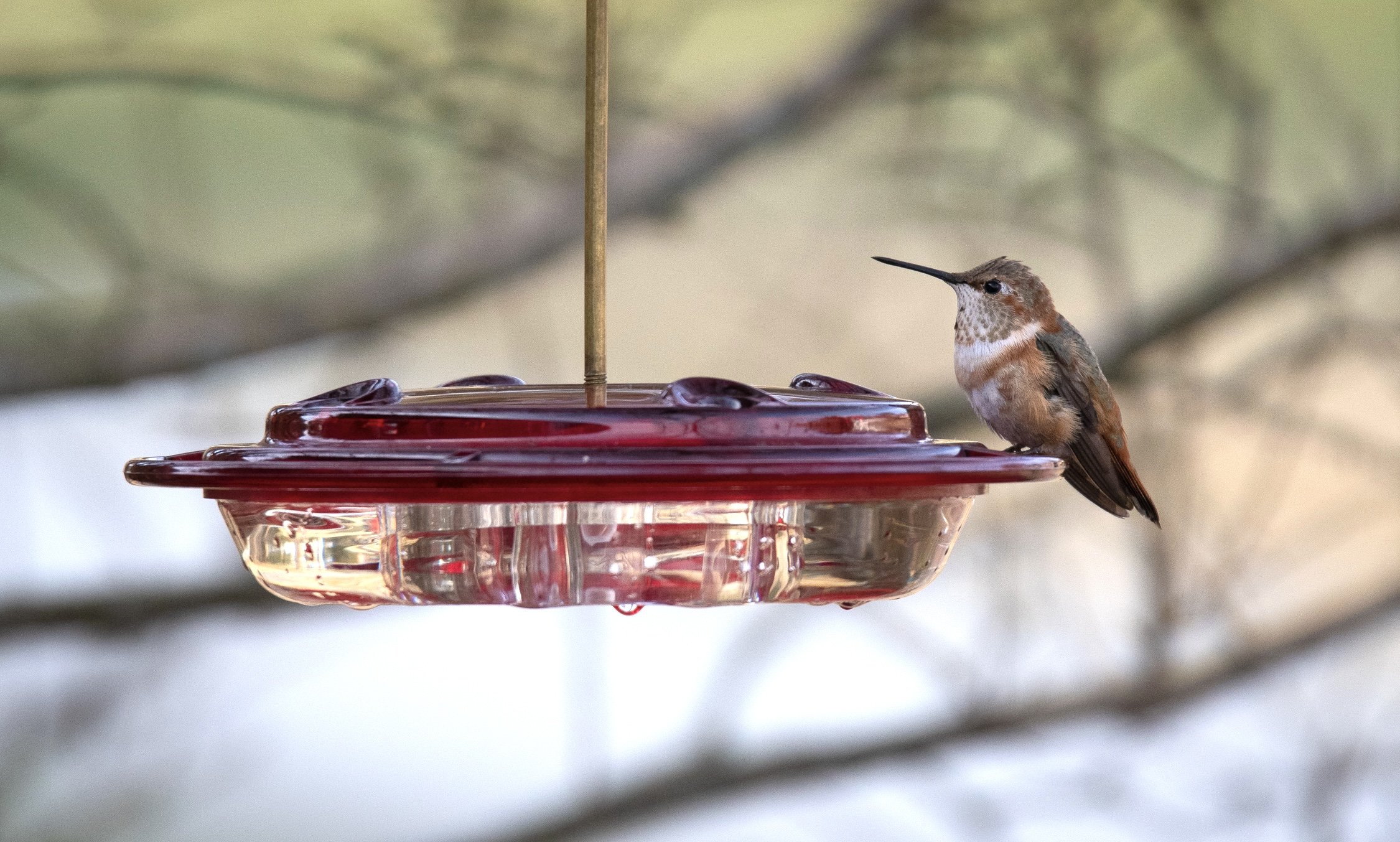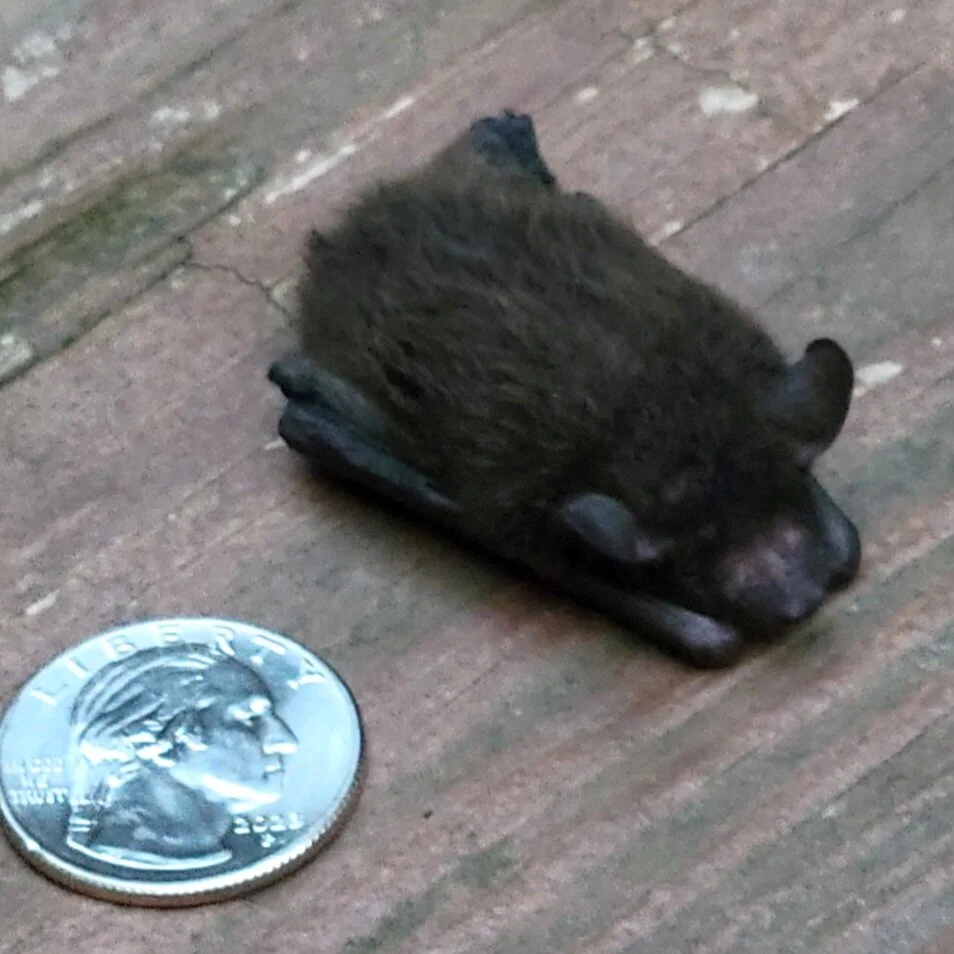Bird feeding Slowly Picking Up
A couple of weeks ago I incorrectly proclaimed the end of summer with the impending cold front predicted and its arrival. Then temperatures returned to the 80’s this week. The warm temperatures are doing very little to inspire birds to return to our feeding stations. We continue to get phone calls from concerned people wondering why their feeders are so inactive. Again, the abundance of natural food sources available is too good to pass up at this time.
At my home this past weekend I did see some encouraging signs such as a small group of American Goldfinches consistently at the finch feeder. Remember, Goldfinches have now lost their bright yellow breeding plumage and have reverted to their dull winter appearance. Chickadees and White-breasted Nuthatches were quite busy making repeated trips from feeders to hiding places they have chosen to stash food. A few Red-bellied and Downy woodpeckers decided to partake of suet, and I saw a first of this fall Yellow-bellied sapsucker.
Cold Front Brings Some Interesting Visitors
The cold front did bring some interesting visitors to TN. Birdwatchers know to look at bodies of water more carefully after a cold front has passed as this often pushes shorebirds, wading birds, ducks and geese, and cranes into the area. Recently seen birds of interest include Limpkin, Red-necked Grebe, Common Loon, White-winged Scoter, and Surf Scoter. Straddling the border between Tennessee and Kentucky is Land Between the Lakes National Recreation Area. This 6-8 mile wide strip of land separates Kentucky Lake to the west and Lake Barkley to the east and forms the largest inland peninsula in the United States. From October through May, the entire area is an excellent hotspot for birdwatching. A noteworthy visitor to look for during this time is the American White Pelican. These birds are hard to miss, as they stand up to four feet tall and have wingspans up to nine feet. They are a communal bird and during the spring can be seen flying in flocks of several hundred individuals. According to L.B.L.’s lead naturalist, John Pollpeter, in recent years satellite images have shown upwards of 5,000 individuals. Bald eagles, Osprey, Double-crested cormorants, and Common loons are also common.

















